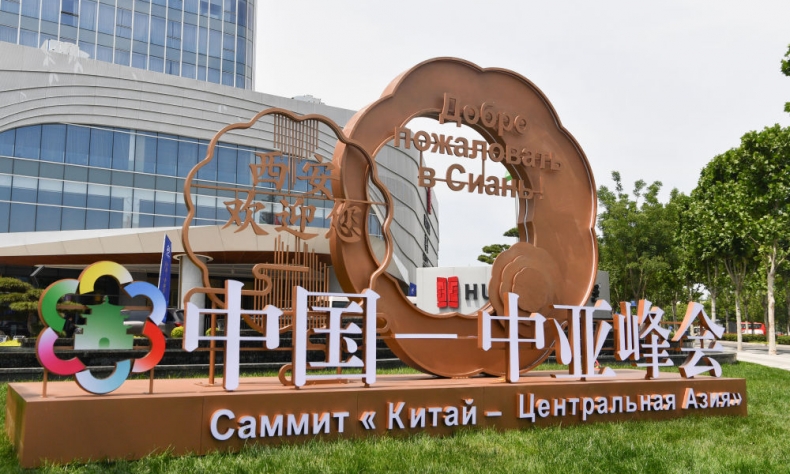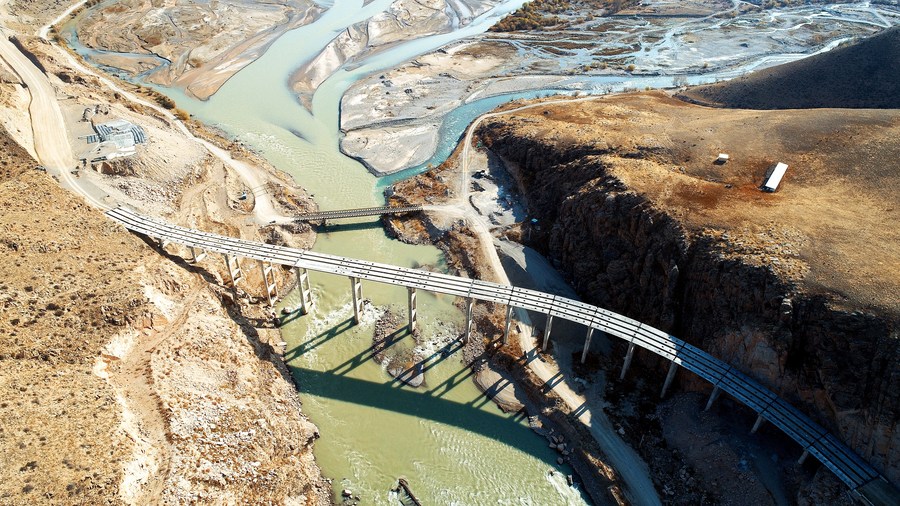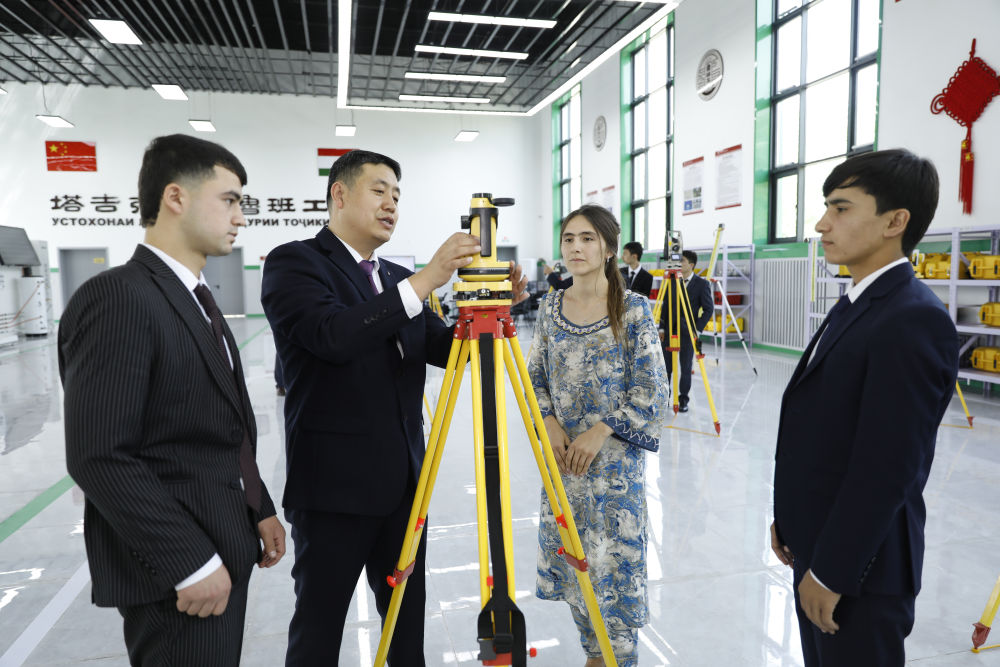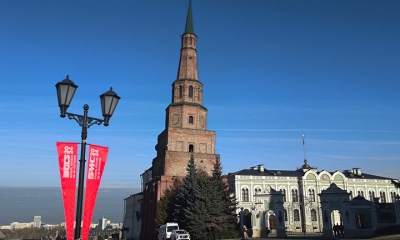The 2023 China-Central Asia Summit Opens with Development Potential

Meanwhile, China maintains the public position that nations should decide their internal political dynamics while it fosters trade to all corners of the globe.
It will not generate much, if any, attention in the United States, but there is an important international gathering scheduled for this week that is noteworthy. No, I am not referring to the annual G7 summit, which takes place over the weekend in Japan. However, I do have a few comments about that summit below.
In the Chinese city of Xi’an, leaders from five Central Asian nations — Kazakhstan, Kyrgyzstan, Tajikistan, Turkmenistan and Uzbekistan — will join with Chinese President Xi Jinping for the inaugural China-Central Asia summit. Their conversations will take place on May 18 and 19.
The gathering comes at a particularly important time, and for many reasons. Perhaps the most important is the reminder that cooperation and common development will provide benefits to millions of people. We know well that the ongoing war in Ukraine has provided far too many images consistent with just the opposite; aggression and strife define Ukraine right now, and the West stubbornly refuses to acknowledge that it also contributed to the circumstances that caused the conflict by inching NATO further and further east over the past three decades. Likewise, the West elongates the war by delivering billions upon billions of dollars in weapons to Ukraine.
Western leaders insist they will continue to ride to Ukraine’s rescue once the war ends and play a critical role in rebuilding that country. However, the longer the fighting continues, the bigger the check the West will have to write.

Meanwhile, China maintains the public position that nations should decide their internal political dynamics while it fosters trade to all corners of the globe. Of course, the Belt and Road Initiative (BRI), in which all five Central Asian nations are involved, is the most significant effort. The BRI should become a $1 trillion enterprise this year especially because the worst of the pandemic is over, allowing the public and private sector to return to normal business practices. Voice of America recently reported “many Central Asians still see China and BRI positively, with benefits to the region that include China’s help in human capital development, education, research and technology transfers.”
Looking beyond the BRI, China has honed in on the “stan” countries in other ways. According to one estimate, roughly 22 percent of Chinese exports end up in those five nations, and roughly 35 percent of their exports go to China. In summation, China and the five Central Asian nations are becoming stronger economic partners, so it comes as no surprise that U.S.-based think tanks are worried about the prospects for America in the region. One such think tank, the United States Institute of Peace, recently concluded that “U.S. leverage and presence in the region has diminished significantly” over the past three years.
There also is symbolism connected to the China-Central Asia summit — it will mark the first time the leaders of the six countries will meet in person since diplomatic relations between the five Central Asian lands and China were launched 31 years ago. According to two U.S. scholars, China is committed to maintaining strong trade partnerships with Central Asia, ensuring the region can be a “transmission belt” for exports elsewhere around the world and continuing the import of select raw materials.

To close, a reminder that the G7 also takes place in a few days.
The G7 summit will attract significant media attention in the U.S. and across the West. The presidents and prime ministers will discuss familiar topics, such as climate change. They also are expected to focus on the global south, because of the inroads China continues to make. But there is at least one problem casting a large shadow over the summit: The potential for an economic tsunami that would start in Washington.
U.S. president Joe Biden will not remain in Asia, as he had originally planned, once the summit ends, and he will not visit Papua New Guinea or Australia. Instead, he will return home early because debt-ceiling talks between top Democratic and Republican leaders appear stalled. Remember, U.S. Secretary of Treasury Janet Yellen has said multiple times if the federal government does not find a way to raise the debt ceiling before June 1 that the country risks going into default. If that happens, the government would not be able to pay federal workers or the men and women in the military. It also would not be able to send Social Security checks to America’s elderly. The global fallout would follow, and it could include pushing multiple nations into recession.
The optics of the leader of the free world have to scramble home mere days before economic chaos might ensue, not to mention that chaos being caused by the United States, does not look good. And those poor optics are magnified by the potential successes of the China-Central Asia summit.
The article reflects the author’s opinions, and not necessarily the views of China Focus.
 Facebook
Facebook
 Twitter
Twitter
 Linkedin
Linkedin
 Google +
Google +







